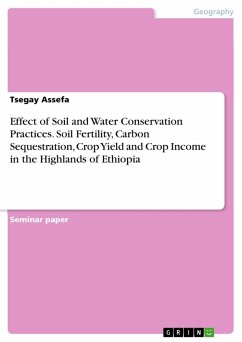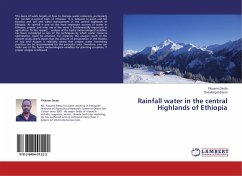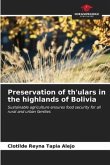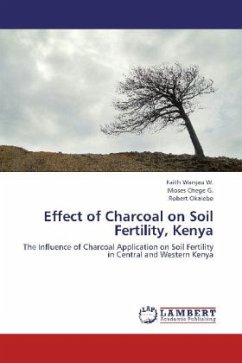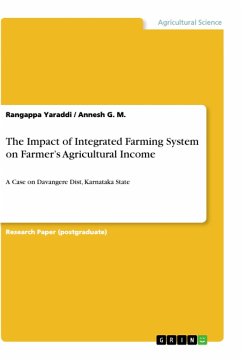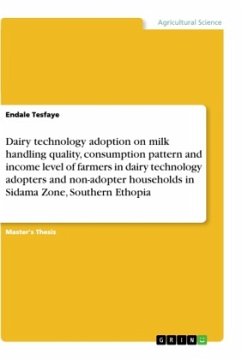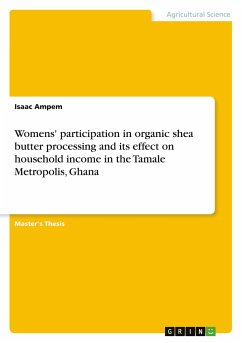Seminar paper from the year 2024 in the subject Nature Protection, Landscape Conservation, grade: A, Mekelle University (Climate change and rural development), course: Climate change, environment and development, language: English, abstract: Land degradation in terms of soil erosion and nutrient depletion affects soil physical, chemical and biological properties; crop yield and income growth particularly crop income. Yet a basic assumption underlying the interventions in developing countries, mostly the degraded agricultural areas, is that adoption of soil and water conservation (SWC) practice has the potential to improve available soil nutrients specially carbon content, crop yield and crop income by reducing soil erosion. Less attention, however, has been given to specifying and linking the effect of adopted SWC practices influences (or specifically, improves) soil nutrients and crop yield; their impact on crop income and the factors influencing them in Ethiopia. Partly to fill this limitation, this review aims to look at the effects of adopted SWC practice in cultivated highlands of Ethiopia; the factors influencing them and their implications for soil and crop yield, carbon sequestration and crop income. Several findings indicated that SWC practices affected to soil bulk density (BD) negatively; and soil reaction (PH), potassium (K), available phosphorus (P), total nitrogen (N), soil organic carbon (SOC), soil organic matter (SOM), cation exchange capacity (CEC), texture, exchangeable sodium (N+), calcium (Ca+2), magnesium (Mg+2), other micro nutrients, crop yield and income positively. In addition, the review paper concerns that adoption of soil and water conservation practices has a positive impact for some agricultural soil and crop productivity, while negative impacts for some others, thus, a dynamic soil nutrient analysis should be more appropriate to improve agricultural productivity.

